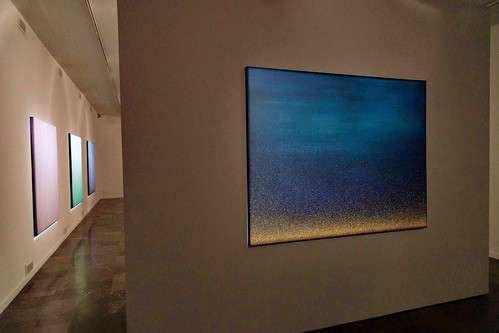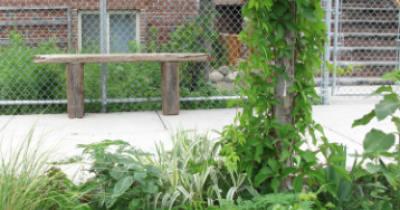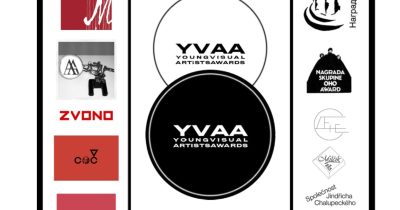Vernissage: November 14, 2019 (Thursday), 6:00 PM, admission free
On view: Nov 14, 2019 – Jan 5, 2020
National Museum in Szczecin – Museum of Contemporary Art, ul. Staromłyńska 1
Accompanying Borkowska’s works is an essay by New York poet, writer, and art critic, Raphael Rubinstein, which you can find below:
Despite the repeated death of painting, the medium not only survived but even flourished – or at least such an impression can be made when we look at the countless exhibitions on painting and astronomical prices at which some canvases have been sold in recent years. The interest that this centuries-old medium still enjoys can be explained in many ways, from constant nostalgia for unique, hand-made works, to theories of commodity fetishism. Although there is no doubt a grain of truth in these sociological explanations, it seems obvious that the continued popularity of painting is due to the deep need for sensations that only this type of art can offer. Since prehistoric times, since the creation of wall paintings in Lascaux and Chauvet, humanity was attracted by spaces filled with vibrant colors. This is a sign not only of hunger for images, but also of fascination with colorful surfaces.
On her luminous, abstract canvases with a subtle texture, Joanna Borkowska refers to this age-old phenomenon, while also manifesting her contribution to the renewal of contemporary painting. Looking at one of Borkowska’s paintings, in which none of the elements of the composition dominates the other, is an absorbing experience. Referring to the all-over painting technique, whose precursors were Jackson Pollock and Barnett Newman, Borkowska creates from the edge to the edge structural images based on the painting of colorful surfaces. In her work, she uses the physical properties of materials, discovering the poetic connections between the events in her work and the larger systems observed in the universe. The details visible in her paintings, thanks to careful observation, bring to mind phenomena from the world of nature, such as river systems and leaf nerve systems, the starry night sky or patterns left on the sand by a tidal wave. This fractal aspect of the micro and macro of her works has both phenomenological and metaphysical sense.
It can be experienced only through patient, persistent analysis. It is worth emphasizing that Borkowska’s paintings are the opposite of the obsession with speed that characterizes a significant part of the modernist achievements, which can be traced back to 1909, when Filippo Tommaso Marinetti, the impresario of Italian futurism, stated: “We declare that the world’s splendor has enriched itself for new beauty: the beauty of speed! ”In the current culture of advanced technologies, every moment of our lives is saturated with an obsession with speed. Borkowska’s paintings, which are even the antithesis of the stream of Instagram images, encourage us to slow down the pace of visual experience of the world. Thus, they fit into the developing Slow Art movement, emphasized in books such as Praise of Slowness. How to slow down and enjoy life (2004) by Carl Honoré and Slow Art: The Experience of Looking, Sacred Images to James Turrell (2017) by Arden Reed. In an essay entitled Slow Art in an Age of Speed, recently published in the magazine “Tate Etc”, Jonathan P. Watts cited the results of a 2017 study in which it was shown that viewers of the Institute of Art in Chicago spend an average of 28.63 seconds on contact with a work of art. Sensitive to the world of nature and the history of abstraction, Borkowska opposes this kind of fleeting visual experience, creating “slow” images intended for longer contemplation – something that we always needed, now perhaps more than ever before.
– Raphael Rubinstein





